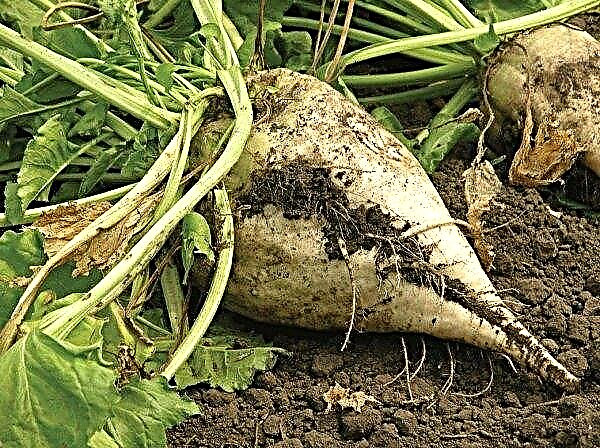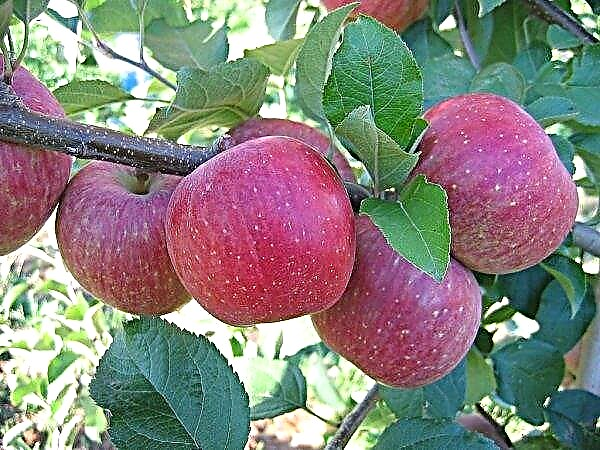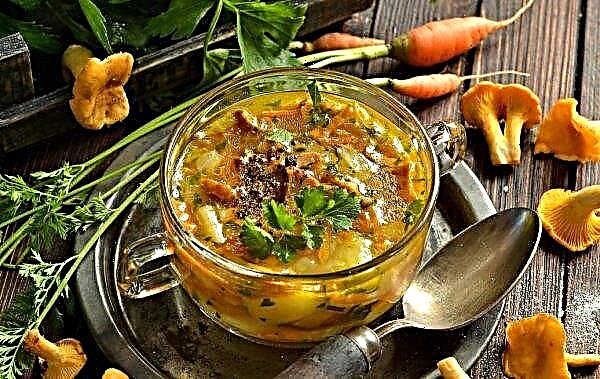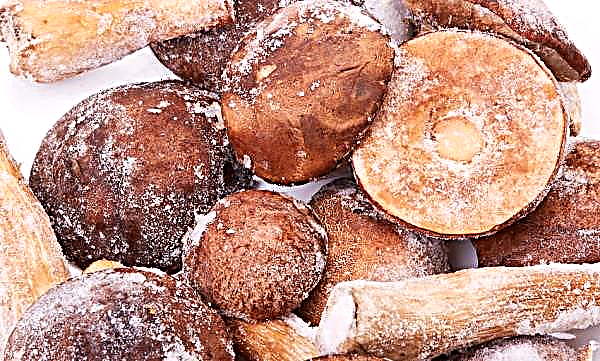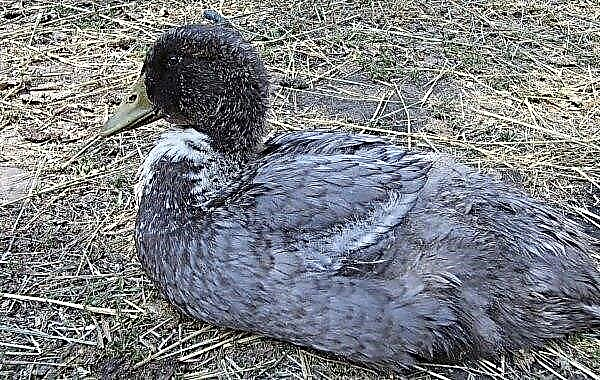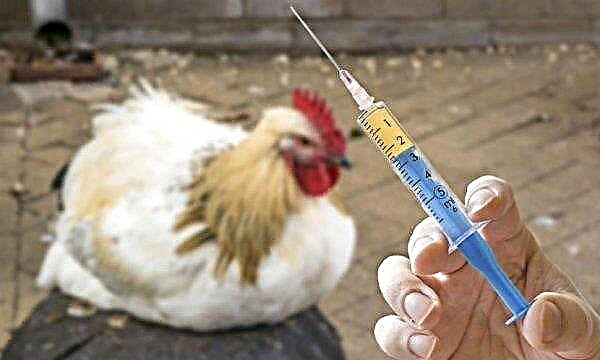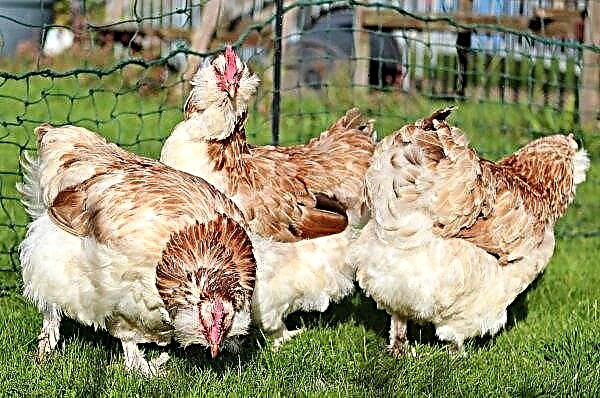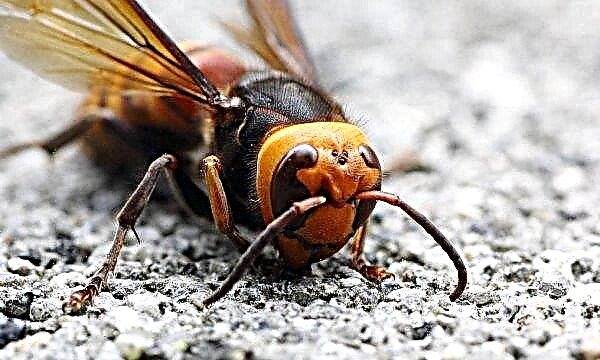The area of nutrition for violets cultivated at home is much smaller than that of wild representatives, therefore, one of the most important agrotechnical measures is the application of fertilizers. Fertilizers need to be selected taking into account the processes occurring in the plant body at different phases of the growing season. About this and other nuances - read on.
The basic rules for growing violets
The basics of successfully growing violets at home are to follow a series of rules:
- plentiful diffused lighting throughout the year, if necessary - additional illumination in the winter with phytolamps;
- temperature conditions - from +15 ° C throughout the year;
- air humidity within 70%, soil - 50%;
- moderate watering under the root after drying of the upper soil layer to a depth of 2-3 cm;
- rubbing the leaves with a wet cotton swab 2 times a week;
- strict adherence to the feeding schedule in accordance with the phases of vegetation;
- transplantation once a year with the replacement of an earthen coma;
- timely removal of dead foliage;
- providing access to fresh air.
 Top dressing is applied once a month throughout the year, with the exception of the flowering phase. At this time, violets are fed 2-3 times a month.
Top dressing is applied once a month throughout the year, with the exception of the flowering phase. At this time, violets are fed 2-3 times a month.Did you know? Violets secrete phytoncides, which have a calming effect on the nervous system when ingested with oxygen.
What substances do violets need?
For the full development of violets, 3 main elements are required:
- nitrogen - participates in the processes of development of the green part of the plant, in particular, in the formation of chlorophylls;
- phosphorus - contributes to the development of a strong root system, participates in the formation of buds during flowering;
- potassium - necessary for abundant flowering and the formation of resistance to fungi and pests.
Violets differ in a long flowering period, which takes a lot of strength and requires additional nutrition, so you need to provide the plants with a complex of additional minerals:
- sulfur and magnesium - participate in the processes of photosynthesis;
- calcium - necessary to strengthen the rhizome;
- iron - participates in the formation of enzymes produced by the plant during photosynthesis;
- copper - helps violets resist fungal infections;
- molybdenum - improves the ability of the root system to absorb nitrogen compounds;
- zinc - indispensable for flowering and small plants, accelerates the growth of the terrestrial part;
- boron - participates in the processes of respiration of the plant organism, regulating the supply of oxygen to the roots.

Types of fertilizers for violets
Get all the violet nutrients from 2 types of fertilizer:
- organics;
- mineral complexes.
Fertilizing should be applied alternating with organic minerals every other time, taking into account the needs of the plant at different phases of vegetation:
- nitrogen compounds - are introduced into the soil at the stage of transplantation;
- phosphoric and potassium - suitable for the flowering phase;
- calcium and boron - after flowering and during flowering.
The remaining elements are required for the plant at all phases of growth, but in smaller quantities than the above.
Important! Nitrogen is necessary in the phase of development of the deciduous part and the adaptation of plants after a dive. If you make it in large quantities at all stages of the growing season, the plants will develop a lush green mass and lose their ability to bloom.
How and what to feed violets at home
Top dressing is carried out by the root and extra-root method. Most often, organic matter is brought under the root, and mineral complexes are sprayed onto foliage or added to water for irrigation.
Mineral fertilizers
Mineral fertilizers can be complex or single-component.
Among multicomponent preparations, the following have proven themselves well:
- Etisso - German fertilizer, which includes, in addition to the basic elements, micronutrient B1, which contributes to the rapid development of the root system and high-quality bud laying. Fertilizer allows not only to enrich plants with nutrients, but also to increase their resistance to diseases and pests. For violets, liquid variations of the drug, applied under the root, are used. Not suitable for recently transplanted plants.
- Peters - phosphorus-potassium fertilizer with a low nitrogen content in a slowly available form. Contains in minimum quantities all auxiliary trace elements. Promotes rapid rooting, the development of green mass and the laying of buds. Suitable for root and foliar top dressing.
- "Master" - a complex water-soluble fertilizer containing all the necessary trace elements in the form of cyclic compounds. For each phase of plant development, you can choose the option of fertilizer with the optimal composition. Suitable for top dressing during transplantation. With regular use, there is a uniform development of all parts of the plant, a decrease in the spread of diseases and pests characteristic of violets.
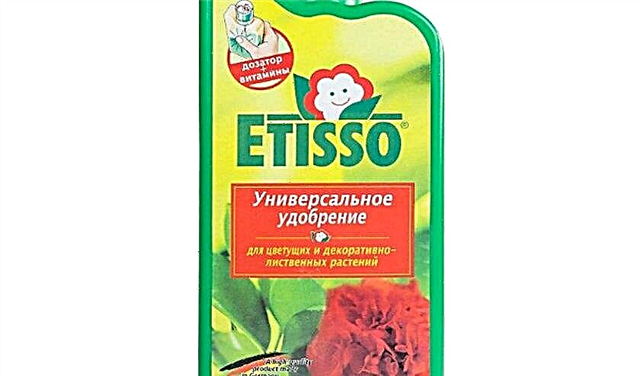

One-component drugs are used much less frequently. This is due to the complexity of calculating the correct dosage.
Folk remedies
You can increase plant immunity and scare away pests with the help of root top dressing from citrus peel. The peel of one fruit (orange, lemon, grapefruit) must be poured with 1 liter of boiling water and insisted for 1 day. Then the solution should be filtered and diluted with water in a ratio of 1:10. The flow rate of the working fluid is 200-300 ml per plant.
Iodine is necessary for the full development of the plant body. Starting in March and ending in August, you need to carry out 3 dressings with iodine solution at regular intervals. It is necessary to bring it under the root, replacing watering. To 3 l of water add 1 drop of alcoholic infusion of iodine.
You can nourish plants with calcium and accelerate their growth with the help of yeast. Dry yeast should be diluted in 300 ml of warm water (+30 ° C), add 1 tbsp. l Sahara. Insist 3-4 hours, apply 100 ml per plant under the root. In the warm season, top dressing can be done 1 time in 10 days, in winter - 1 time per month.
Universal organic fertilizer is manure. Any available manure or chicken droppings will do. They need to fill a third of a three-liter jar and pour water. Shake the mixture periodically for 2 weeks.
When infused, the mixture should be diluted with water in a ratio of 1: 3 and make 200-300 ml for each plant. The fermentation process is required, since when applying clean manure, the roots of the plant will get burned. If possible, you can add 200 g of nettle to the manure. In this case, after 2 weeks of insisting, a full-fledged compost will be obtained.
Root fertilizer with manure can be combined with foliar application with the Peters preparation.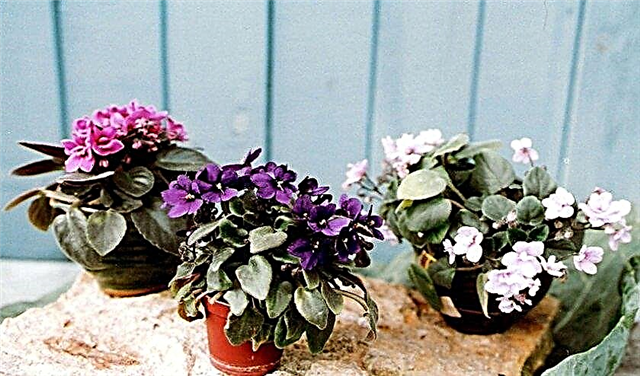
Methods of feeding
For violets, 2 types of top dressing are used: root and extra root.
When fertilizing flowers, follow these guidelines:
- Fertilize in the morning or evening.
- Transplanted plants begin to feed after 2 months.
- Do not fertilize violets that stand in the sun - this will cause a burn to the root system or leaves.
- If the earthen lump is dry, first irrigate, and apply fertilizer after 3 days.
Important! When applying fertilizers, remember that it is better to underfeed the violets than to overfeed.
Root
Standard instructions for applying root dressings:
- Heat the settled water to a temperature of +20 ... 25 ° С.
- According to the instructions on the package, dissolve the fertilizer in water, halving the dosage.
- Put the solution in a douche or enema and place it under the root. Make sure that liquid does not get on leaf sockets.
If there are too many plants in the house, then the above procedure will be inappropriate in terms of energy consumption.
In this case, use a different scheme:
- Dilute fertilizer in water.
- Drain the resulting solution into a large pan and place all the plants in it for 20 minutes.
- After this time, rearrange the violets in place.
- When excess liquid drains into the trays of each flowerpot, drain them.
 When applying fertilizers, which are produced in the form of granules, sticks or tablets, place them in the soil to a depth of 3 cm. During irrigation, the substances gradually dissolve and penetrate the rhizome cells.
When applying fertilizers, which are produced in the form of granules, sticks or tablets, place them in the soil to a depth of 3 cm. During irrigation, the substances gradually dissolve and penetrate the rhizome cells.Foliar
When applying foliar dressing, follow these instructions:
- Dilute the fertilizer in warm, settled water - the dosage is half as much as with root dressing.
- Place the solution in a container with a fine spray.
- Apply fertilizer to the inside of the leaf blades.
Signs of improper feeding
If the rules for fertilizing are not observed, the following deviations in the development of the plant organism are observed:
- stunted growth - indicates a lack or excess of food;
- chlorosis - characterized by a change in leaf pigmentation, may be caused by a lack of nitrogen or iron;
- enhanced growth of the ground, dark green thickened leaf plates - an excess of nitrogen;
- lack of flowering, dropping buds - lack of phosphorus and potassium.

Extra Care Tips
In order for violets to bloom profusely without losing the nutrients necessary for full growth, use the additional care tips:
- Rotate plants periodically around its axis by 80 ° to ensure uniform development of the bush.
- At daylight hours at 2 p.m. violets will bloom all year round.
- If the air temperature in the room drops rapidly in winter, use infrared lamps for illumination - they will not only provide adequate lighting, but also warm the air. The main thing is not to place them too close to the plants so that they do not get burned.
Did you know? Parma violet is used in the manufacture of perfumes. Many cities in France still sell the perfume Vera Violetta, which is made according to an old recipe dating from 1870.
Timely application of fertilizing is the key to successful cultivation of violets at home. Fertilizers not only nourish plants, but also increase their immunity and prevent the spread of pests.



